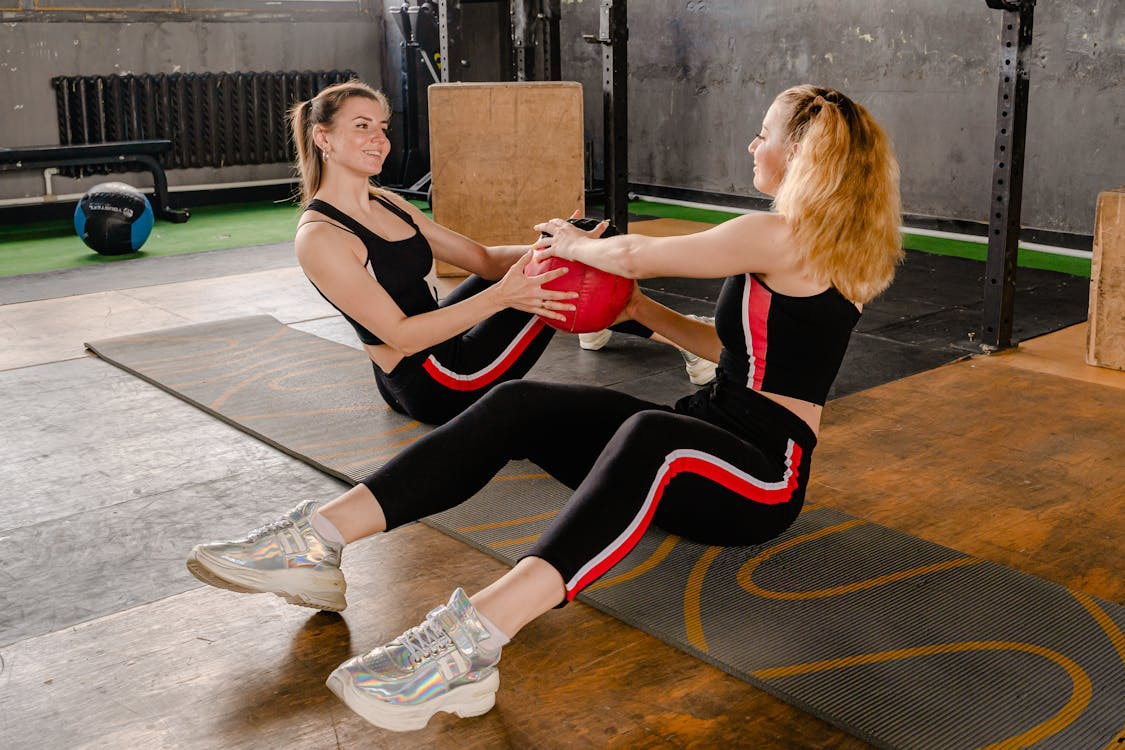Women’s Health and Wellness: A Comprehensive Guide to Vital Well-being
Women health wellness is a multidimensional concept that covers physical, mental, emotional, and social aspects of well-being. As women experience unique health challenges throughout different stages of life, understanding these aspects is crucial for maintaining a balanced, healthy lifestyle. This blog will explore key components of women’s health, preventive care, mental health, nutrition, fitness, and self-care practices that promote overall wellness.
Understanding Women’s Health: The Foundation of Wellness
Women’s health is not just about the absence of disease; it encompasses complete physical, mental, and social well-being. Women have unique biological and hormonal cycles which influence their health differently from men. Awareness of these differences is essential to approach healthcare holistically.
The Importance of Hormonal Health
Hormones play a critical role in regulating many bodily functions such as menstruation, fertility, metabolism, mood, and bone health. Imbalances can lead to issues like PMS, PCOS, thyroid disorders, and menopause-related symptoms. Prioritizing hormonal balance through lifestyle, diet, and medical care can significantly enhance quality of life.
Key Areas of Women’s Physical Health
Women’s bodies undergo continuous changes from puberty to menopause and beyond. Each phase brings specific health considerations.
Reproductive Health
Reproductive health involves menstrual health, fertility, contraception, pregnancy, and menopause. Regular gynecological check-ups, Pap smears, and screenings for sexually transmitted infections (STIs) are vital. Educating oneself about menstrual hygiene and safe reproductive practices empowers women to take control of their health.
Bone Health and Osteoporosis Prevention
Women are more prone to osteoporosis, especially post-menopause, due to declining estrogen levels. Ensuring adequate calcium and vitamin D intake, engaging in weight-bearing exercises, and avoiding smoking are crucial preventive measures.
Cardiovascular Health
Heart disease is a leading cause of death in women. Symptoms often differ from men, so awareness and regular monitoring of blood pressure, cholesterol, and lifestyle factors are important for prevention.
Nutrition and Diet: Fueling Women’s Wellness
Proper nutrition is foundational for maintaining energy, hormonal balance, and disease prevention.
Essential Nutrients for Women
Women require a balanced intake of macronutrients and micronutrients to support bodily functions and hormonal health.
Iron: Women lose iron during menstruation, increasing the risk of anemia. Iron-rich foods include leafy greens, legumes, and lean meats.
Calcium and Vitamin D: Crucial for bone strength and immune health.
Folic Acid: Important for women of childbearing age to prevent birth defects.
Omega-3 Fatty Acids: Support brain and heart health.
The Role of Hydration
Adequate water intake supports digestion, skin health, and toxin elimination. Women should aim for at least 8 glasses of water daily.
Avoiding Nutritional Pitfalls
Processed foods, excessive sugar, and unhealthy fats can disrupt hormonal balance and lead to chronic conditions like obesity and diabetes.
Mental Health and Emotional Well-being
Mental health is equally important as physical health in women’s overall wellness.
Common Mental Health Challenges
Women are statistically more likely to experience anxiety, depression, and eating disorders. Hormonal fluctuations, societal pressures, and life stressors contribute to these challenges.
Strategies for Mental Wellness
Mindfulness and Meditation: These practices reduce stress and promote emotional balance.
Social Connections: Supportive relationships foster resilience and a sense of belonging.
Professional Help: Therapy and counseling should be normalized and accessed when needed.
Physical Activity: A Pillar of Wellness
Regular exercise boosts cardiovascular health, bone strength, mood, and metabolism.
Types of Beneficial Exercise
Cardio: Walking, running, cycling improve heart and lung health.
Strength Training: Builds muscle mass and supports metabolism.
Flexibility and Balance: Yoga and Pilates enhance mobility and reduce injury risk.
Exercise Recommendations for Women
A combination of aerobic activity and strength training for at least 150 minutes weekly is ideal. Tailoring workouts to individual needs and preferences improves adherence and enjoyment.
Preventive Care: Taking Charge of Health
Prevention is better than cure, and routine screenings can catch diseases early.
Essential Screenings for Women
Mammograms: Recommended starting at age 40 or earlier with family history.
Pap Smears: Detects cervical cancer and precancerous conditions.
Bone Density Tests: Post-menopause screening for osteoporosis.
Blood Pressure and Cholesterol Checks: Prevent cardiovascular disease.
Vaccinations and Health Maintenance
Vaccines such as HPV, flu, and COVID-19 protect women from preventable illnesses. Regular dental and eye check-ups also contribute to overall wellness.
Self-Care and Lifestyle Habits for Lasting Health
Self-care involves intentional actions to support well-being physically, mentally, and emotionally.
Sleep Hygiene
Quality sleep is vital for hormonal regulation, immune function, and cognitive health. Women should aim for 7-9 hours per night and establish consistent sleep routines.
Stress Management
Chronic stress negatively impacts health. Practices such as deep breathing, hobbies, and setting healthy boundaries help reduce stress levels.
Avoiding Harmful Substances
Limiting alcohol, quitting smoking, and avoiding recreational drugs protect long-term health.
Embracing Holistic Wellness: Integrating Mind, Body, and Spirit
Holistic wellness encourages balance across all areas of life, including spirituality and purpose.
The Role of Spirituality and Purpose
Having a sense of meaning and connection can improve resilience, reduce anxiety, and enhance life satisfaction. This can be nurtured through meditation, faith practices, or community involvement.
Conclusion
Women’s health and wellness is a lifelong journey that requires attention to physical, mental, and emotional needs. By understanding the unique challenges and adopting preventive care, balanced nutrition, regular exercise, and mindful self-care practices, women can achieve holistic well-being. Empowerment through education and proactive health management ensures that women can live vibrant, healthy lives at every stage.
If you're ready to take the next step in your wellness journey, contact us today for personalized support and guidance.
Frequently Asked Questions (FAQs)
1. What are the most important health screenings for women?
Key screenings include mammograms for breast cancer, Pap smears for cervical cancer, bone density tests for osteoporosis, and regular blood pressure and cholesterol checks to monitor cardiovascular health.
2. How can women maintain hormonal balance naturally?
Maintaining a balanced diet rich in whole foods, regular exercise, adequate sleep, stress management, and avoiding toxins like smoking and excess alcohol can help regulate hormones. Consulting healthcare providers is important for personalized care.
3. What dietary changes are best for women’s health?
Focus on nutrient-dense foods such as fruits, vegetables, whole grains, lean proteins, and healthy fats. Iron, calcium, folic acid, and omega-3s are especially important. Avoid processed foods, added sugars, and excessive salt.
4. How does mental health affect physical health in women?
Mental health impacts hormone levels, immune function, and chronic disease risk. Anxiety and depression can exacerbate physical symptoms and reduce motivation for self-care, highlighting the need for integrated mental and physical health support.
5. What exercises are recommended for women at different life stages?
Young women benefit from a mix of cardio, strength training, and flexibility exercises. Post-menopausal women should focus on bone-strengthening activities like weight-bearing exercises, balance training, and maintaining cardiovascular health.

